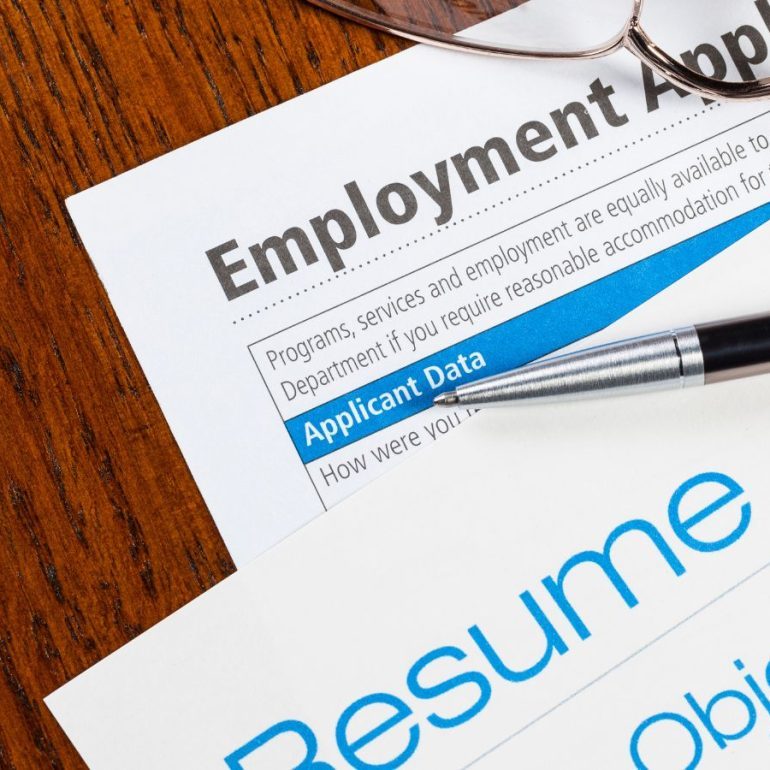Navigating hiring algorithms as a candidate can feel like trying to crack a secret code. With companies increasingly relying on automated systems to filter through countless resumes, it’s crucial for candidates to understand how these algorithms work and how to optimize their applications to stand out.
Why Companies use Hiring Algorithms?
According to Quartz.com, “Mona Sloane, a senior research scientist at the NYU Center for Responsible AI who worked on the project, says companies rely on automated decision systems for two reasons: to analyze a large volume of applicants, or to find workers with a niche skill set or level of experience. Employers looking to fill internships, sales, or service industry jobs, for example, turn to algorithms to narrow down the pool of candidates. But for niche roles in tech like software engineers, machine learning engineers and data scientists, for example, companies may use automated decision systems to find these workers and reach out to them even if they’re not actively looking for a job.”
Here are a Few Key strategies to tackle hiring algorithms effectively:
Formatting Matters
Keep your resume formatting simple and standardized. Avoid using fancy fonts, graphics, or unconventional layouts that might confuse the algorithm. Stick to clear headings and bullet points to ensure that important information is easily parsed by the system.
Keyword Optimization
Tailor your resume and online profiles to include relevant keywords from the job description. Hiring algorithms often prioritize resumes that closely match the job requirements, so highlighting your skills and experiences in alignment with the job posting is essential.
Use Action Verbs
Start bullet points with action verbs to describe accomplishments and responsibilities. This not only makes your resume more engaging for human readers but also helps hiring algorithms identify relevant experience more efficiently.
Quantify Achievements
Whenever possible, quantify your achievements with numbers, percentages, or other metrics. Concrete data provides hiring algorithms with tangible evidence of your capabilities, making your resume more compelling.
In conclusion, navigating hiring algorithms may seem daunting, armed with the right strategies, candidates can effectively optimize their applications and stand out in a competitive job market. The World Economic Forum reiterated this by saying, “Applying for a job can be overwhelming—even without algorithms in the way. But while lawmakers work out how to regulate this technology, job seekers and recruiters should know the limitations of tech-enabled hiring and bring people back in to correct its shortcomings.



